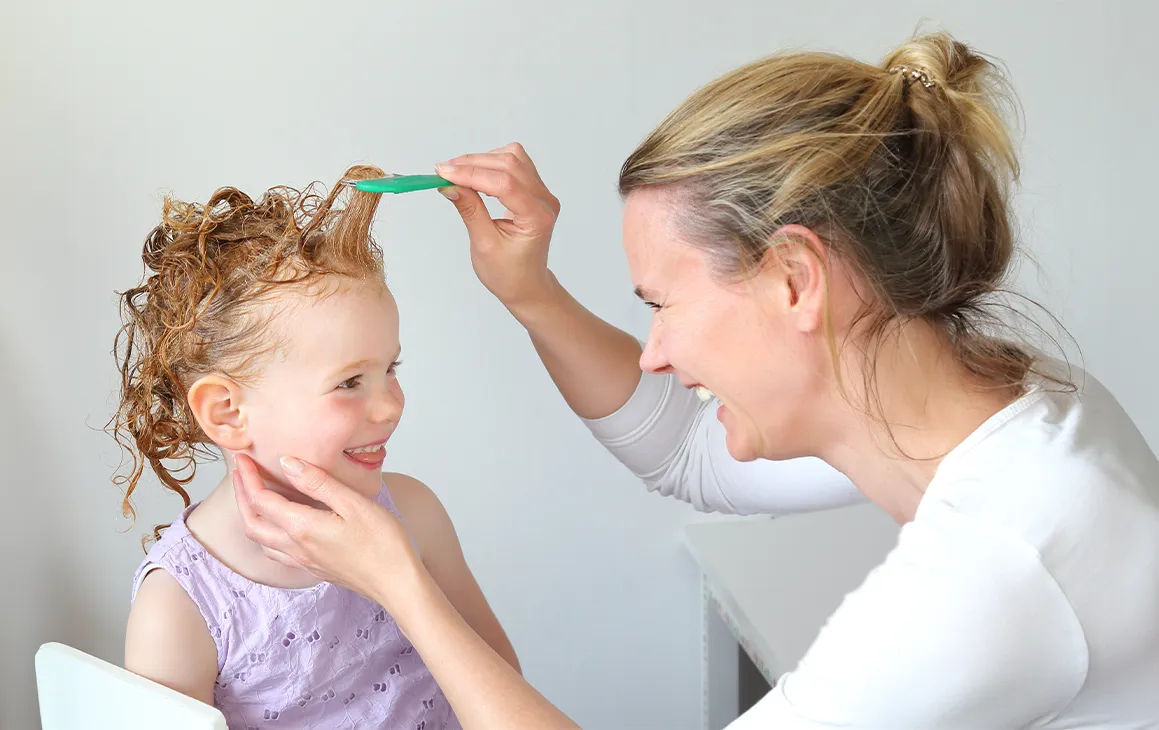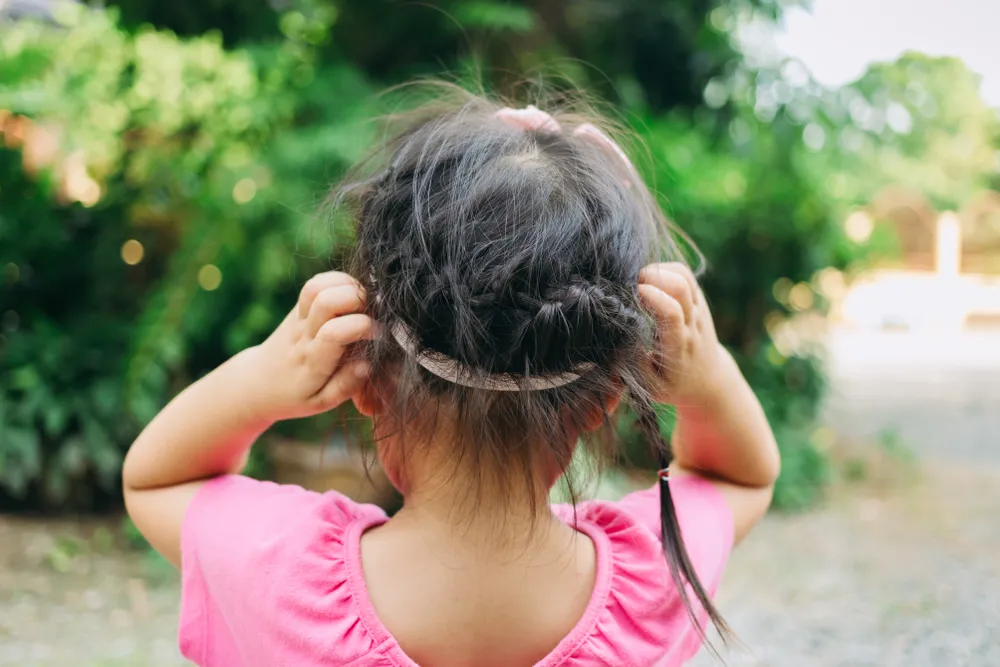We’ve all heard of head lice, and the itchy outbreaks they cause in groups of school children.
Alongside its infamous reputation, a number of misconceptions are also associated with head lice. This quick primer on what they are and where they come from should help anyone looking to clear up any preconceived notions or questions about lice!
Starting with,
what are head lice?
The head louse – scientific name Pediculus humanus capitis - is a parasitic insect whose only hosts are humans. The louse lives close to the scalp of a person, and like many movie villains – it feeds on blood to survive. Louse can sometimes also live on eyebrows or eyelashes. Head lice can be found in any of its three life stages: egg, nymph, and adult louse.
In the egg stage, lice are called nits. They are hard to see and look like dandruff flakes or tiny droplets. The nit is laid near the base of the hair shaft (about 6mm away) and usually takes about 8-9 days to hatch.
Once hatched, a nymph goes from immature louse to an adult in about 7-12 days. A nymph looks like an adult head louse but is about the size of a pinhead.
The adult louse is about the size of a sesame or cumin seed and has 6 legs with claws. Its colour ranges from tan to grayish white and it has a lifespan of about 30 days. They must feed on blood several times a day to survive and will die within 1-2 days once they are removed from the hair.[1]
Where do head lice come from?
Since head lice can’t jump, hop, or fly (they can only crawl) most transmission is by direct contact, meaning head-to-head contact with an already-infested person is the most common way for someone to get head lice. This type of contact is common during play at school, at home, and in other situations like sports activities, slumber parties, and camps.
Although uncommon, head lice can be spread by sharing clothing or belongings. This happens when lice crawl, or nits attached to shed hair hatch, and get on the shared clothing or belongings like hats, scarves, coats, hair ribbons, combs and brushes, towels, or even stuffed animals. Dogs, cats, and other pets do not play a role in the spread of head lice.
It’s important to say that having headlice is not a reflection on cleanliness. Anyone can get lice![2]
What to do when someone gets head lice?
Don’t panic! Head lice is more common in young kids than you might think. In such a scenario, you can trust Zap®. Clinical tests have been performed repeatedly using Zap®, including on infested subjects with positive results.
Head lice have become resistant to some of the chemicals used to kill them, so some products may be less effective than they used to be. Zap® does not contain any insecticides, and its naturally sourced medicinal ingredient is gentle on children not allowing for head lice to develop resistance.
Just follow these 5 simple steps, and your little one will be free from head lice.
Step 1 – Detection
Use the Zap® comb to check for the presence of head lice, preferably in a room with good light as lice can be difficult to see. If multiple people in the household have lice, check and treat each person at the same time to avoid the possibility of re-infestation.
Step 2- Application
Carefully spray Zap® all over the hair until it is lightly wetted. Lice generally live within a couple of inches of the scalp, so please ensure you treat the whole length of the hair as they may try to avoid the spray. Thoroughly, massage the lotion into the hair and scalp for a minute or so to ensure they are completely coated. The lotion should be left on for at least 15 minutes.
Step 3 – The Wash
After the fifteen minutes have passed, you can now wash the hair as normal.
Step 4 – The Cleanse
In this stage, we use the Zap® comb to remove the lice and eggs. To ensure you get all of them, the hair should be detangled with a regular comb first, towel-dried, and then divided into 4 sections: from the forehead to the nape and then across the crown from ear to ear. Each section should be divided into much smaller strands so that you can see the scalp. Then, starting right at the scalp, pass the Zap® comb right along the length of the hair. As you complete each strand, push the hair to one side. After combing each strand, wipe off any lice and eggs found onto a tissue. You will have to do this for all four sections. If multiple people are infested, then after combing each person's hair, it’s best to wash the comb to avoid re-infestation.
Step 5 – Repeat Treatment 9 days later
As it is difficult to remove all the eggs with the first treatment, a second application is necessary after 9 days when any remaining eggs will have hatched into lice, therefore it’s advisable to repeat Steps 2-4 nine days after the first treatment.
In existence for basically as long as humans have been around, lice might not disappear anytime soon. In that case, Zap® is here to help protect you and your loved ones.
This product may not be right for you. Please read and follow the label before use for a list of contraindications, warnings, precautions, and adverse reactions.
Zap® is a registered trademark of Norwell Consumer Healthcare Inc.
References:
- Head Lice Fact Sheet, Texas Dept. of State Health Services: https://www.dshs.texas.gov/region1/documents/Epi/Head-Lice-Fact-Sheet.pdf
- CDC US: https://www.cdc.gov/parasites/lice/head/gen_info/faqs.html



